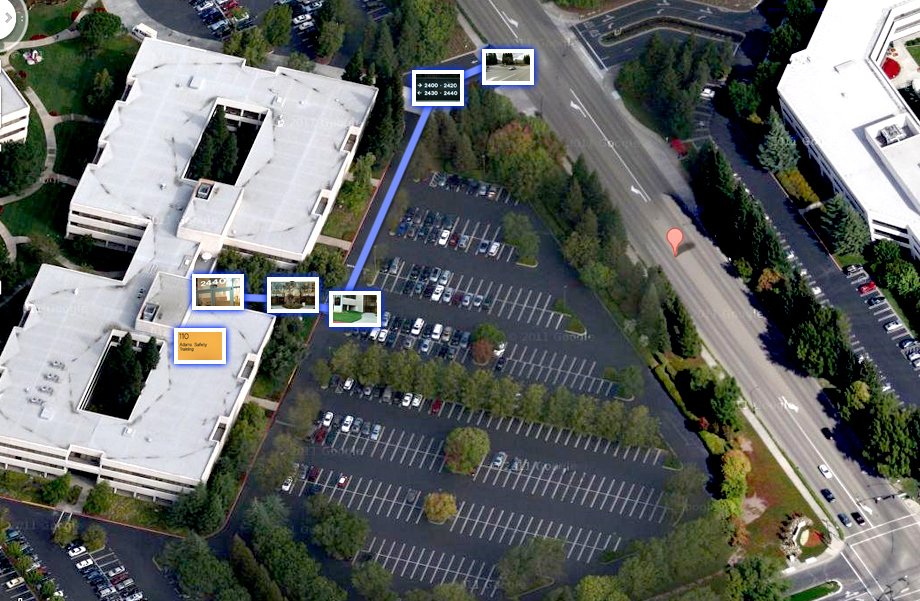26th February, 2015, San Ramon, California: Adams Safety Training, which provides First Aid, CPR, and BLS training to the entire San Francisco Bay Area and other surrounding locations, is supporting a national initiative for cardiovascular disease prevention in order to increase awareness about heart health.
February month has been declared as “American Heart Month” under the national initiative “Million Hearts,” which is a collaborated effort of public health organizations and several non-profit and private organizations such as the American Heart Association (AHA). The initiative will enhance cardiovascular disease prevention activities across public and private sectors, so as to prevent 1 million heart attacks and strokes by 2017. The initiative also aims to increase access to automated external defibrillators (AEDs) in workplaces, homes, schools, and other public places.
Heart disease is the leading cause of death for men and women in the United States. Cardiovascular diseases, such as stroke, heart disease, and high blood pressure, are responsible for one out of every three deaths in the country. The Department of Health and Human Services along with other health organizations launched the Million Hearts initiative to improve heart health across communities and help Americans live healthier lives. The initiative aims to improve management of the “ABCS,” which include taking Aspirin by high-risk patients, controlling Blood-pressure, managing Cholesterol, and Smoking cessation. This initiative calls for changes in the health care system by strengthening tobacco control, decreasing sodium and trans fat consumption in the diet. In the clinical realm, improving heart health is critical in light of increasing incidences of death because of cardiovascular diseases. Additional means of preventing death due to heart attacks and stroke include increasing access to AEDs, providing coordinated care and attending CPR and BLS training.
Adams Safety Training has joined the efforts of health organizations by reducing the AED costs. Adams Safety is supporting the “February is Heart Month” noble cause and wants to increase access to AEDs in public locations. The survival rates increase by 5%, if an AED is immediately applied to a victim of cardiac arrest, which is why, Adams Safety has reduced AED prices because this will lead to the availability of more AEDs in public locations, workplaces and hospitals. The step taken by Adams Safety will encourage more people to live heart healthy lives.
For more information, visit www.adamssafety.com
About Adams Safety Training
Adams Safety Training provides First Aid, CPR, and BLS training to the entire San Francisco Bay Area and surrounding communities. With over 25 years of experience in the safety industry, Adams Safety Training can tailor a comprehensive training for any industry. The training programs of Adams Safety meet the requirements of all State and Federal regulatory agencies. It provides onsite trainings for groups in Northern California. Adams Safety has been certified and approved by the State of California Emergency Medical Services Authority –EMSA for Licensed Childcare Training. Adams Safety Training is an authorized training site for American Heart Association, American Red Cross, and American Health and Safety Institute (AHSI).
Contact
San Ramon Training Location
Bishop Ranch 2410 San Ramon Valley Blvd. Ste 222
San Ramon Ca, 94583.
Emeryville Location
Four Points by Sheraton San Francisco Bay Bridge – Emeryville
1603 Powell Street, Emeryville, California 94608
San Jose Location
DoubleTree by Hilton Hotel San Jose
2050 Gateway Pl. San Jose, Ca 95110
Tel: 925-371-8435
E-mail: admin@AdamsSafety.com



